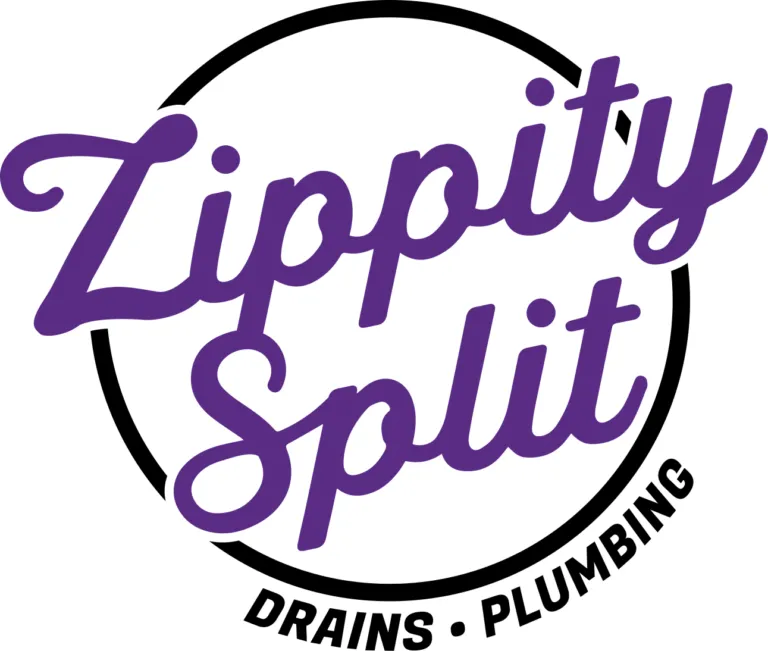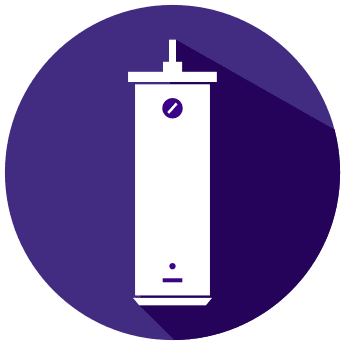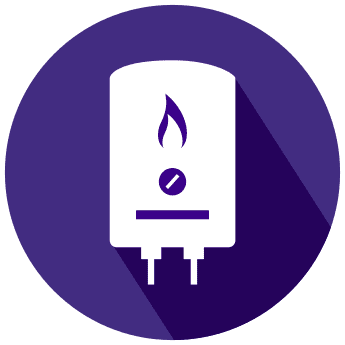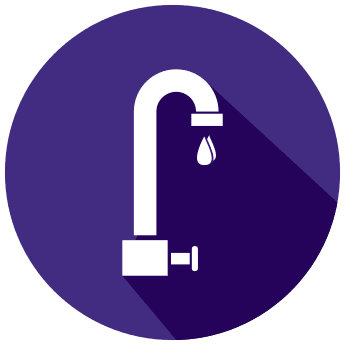Your water heater is an essential appliance that provides you with warm showers, clean dishes, and cozy baths. However, over time, sediment and mineral deposits can build up inside the tank, reducing its efficiency and potentially shortening its lifespan. Draining your water heater is a simple maintenance task that can help keep it running smoothly and extend its longevity. In this guide, brought to you by Zippity Split Plumbing, we’ll walk you through the step-by-step process of draining a water heater safely and effectively.
Why Draining Your Water Heater Matters
Before we dive into the how-to, let’s briefly discuss why draining your water heater is essential. Over time, minerals, sand, and debris in your water supply can settle at the bottom of the tank. This sediment buildup not only reduces the water heater’s efficiency but can also create hot spots, causing the tank to overheat and leading to potential damage. Regularly draining the tank helps flush out these sediments, ensuring optimal performance and energy efficiency.
Step 1: Safety First
Before you start draining your water heater, safety should be your top priority. Begin by turning off the power supply to the water heater. If you have an electric water heater, locate the circuit breaker dedicated to it and switch it off. For gas-powered heaters, find the gas supply valve and turn it off. Allow the water heater to cool down for at least one to two hours before proceeding to avoid scalding hot water.
Step 2: Gather Your Tools
To effectively drain your water heater, you’ll need a few essential tools, which include:
- A garden hose long enough to reach a drain or an outside area.
- A pair of sturdy gloves to protect your hands.
- A screwdriver or pliers (depending on your water heater’s drain valve type).
- A bucket or any suitable container to test the water’s clarity during draining.
Step 3: Locate the Drain Valve
The drain valve is typically located at the bottom of the water heater. It is usually a spigot-like valve with a threaded opening to attach a hose.
Step 4: Connect the Hose and Prepare for Draining
Attach one end of the garden hose to the drain valve, making sure it fits securely. Place the other end of the hose either outside, in a drain, or in a large bucket to collect the water.
Step 5: Open the Drain Valve
Slowly open the drain valve by turning it counterclockwise with your pliers or using a screwdriver to pull the lever. As the water begins to flow out, use the bucket to check its clarity. Initially, the water may appear discolored due to the sediment. Once the water runs clear, you can proceed to the next step.
Step 6: Flush the Tank
With the drain valve still open, you can now flush the tank to remove any remaining sediment. To do this, turn on the cold water supply to the heater. The incoming water will help push out the last traces of debris through the open drain valve. Allow the water to run for a few minutes or until you see clear water flowing out of the hose.
Step 7: Close the Drain Valve
Once the water runs clear, turn off the cold water supply, and close the drain valve tightly by turning it clockwise. Make sure it is secure to avoid any leaks.
Step 8: Refill the Tank
Now that you’ve successfully drained the water heater and flushed out the sediment, it’s time to refill the tank. Turn on the cold water supply and let the tank fill completely before restoring power to the water heater.
Conclusion: Draining Your Water Heater
Regularly draining your water heater is a simple yet effective maintenance task that can significantly extend its lifespan and optimize its performance. By following this guide brought to you by Zippity Split Plumbing, you can confidently perform this essential maintenance job and ensure that your water heater continues to provide you with a steady supply of hot water for years to come. Remember, if you encounter any issues or are unsure about the process, don’t hesitate to contact a professional plumber for assistance. Happy draining!
$35 off any first time customer
Call us to schedule your service or request a free estimate today.
What We Do
Our team is comprised of expert sewer repair and trenchless pipe lining specialists who will service you with professionalism and speed.
Plumbing Services
Emergency Services
Water Heater
Tankless Water Heater
Water Leaks
Water Treatment
Garbage Disposal
Faucets
Drain Cleaning










